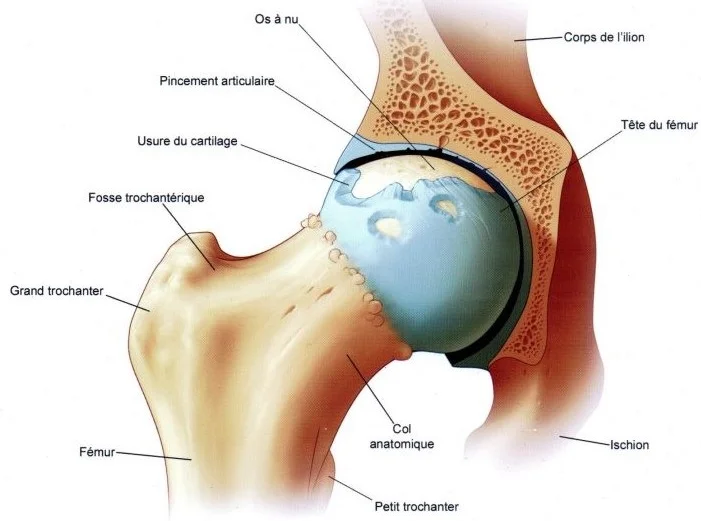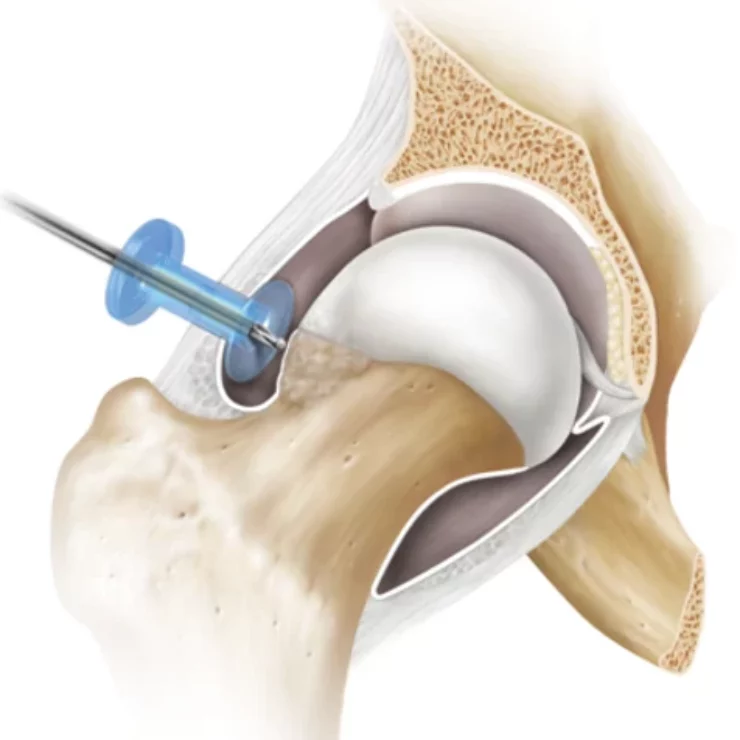Hip Surgery
The hip is the joint that connects the pelvis to the femur (thigh bone). It supports the body’s weight and is essential for walking.
The pelvis has a rounded cavity called the acetabulum, in which the spherical upper end of the femur, called the femoral head, articulates. A flexible yet firm structure called the labrum caps the edge of the cavity and contributes to the stability and coaptation of the joint.
The articular surfaces are coated with a relatively hard, whitish substance called cartilage. This substance is constantly lubricated by a small amount of viscous fluid, synovial fluid, produced and renewed by the cells of the synovial membrane lining the inner surface of the joint. Well-lubricated cartilage allows for frictionless and painless movement between the articulating bones.
After the end of growth, we all have a fixed stock of cartilage in our joints that, unfortunately, cannot naturally regenerate.
The joint is enveloped by a pliable yet thick and tear-resistant membrane called the joint capsule. It ensures the joint’s tightness, preventing the escape of synovial fluid. It is reinforced by powerful ligaments that connect the pelvic bone to the femur circumferentially.
The hip is also the deepest joint in the human body. It is surrounded by several layers of powerful muscles, which, through their tendon insertions on the bone, enable upright posture and movements including flexion (forward), extension (backward), abduction (spreading apart), adduction (bringing together toward the opposite side), external rotation, and internal rotation.
Here are the most frequently performed interventions by our team on this joint:













